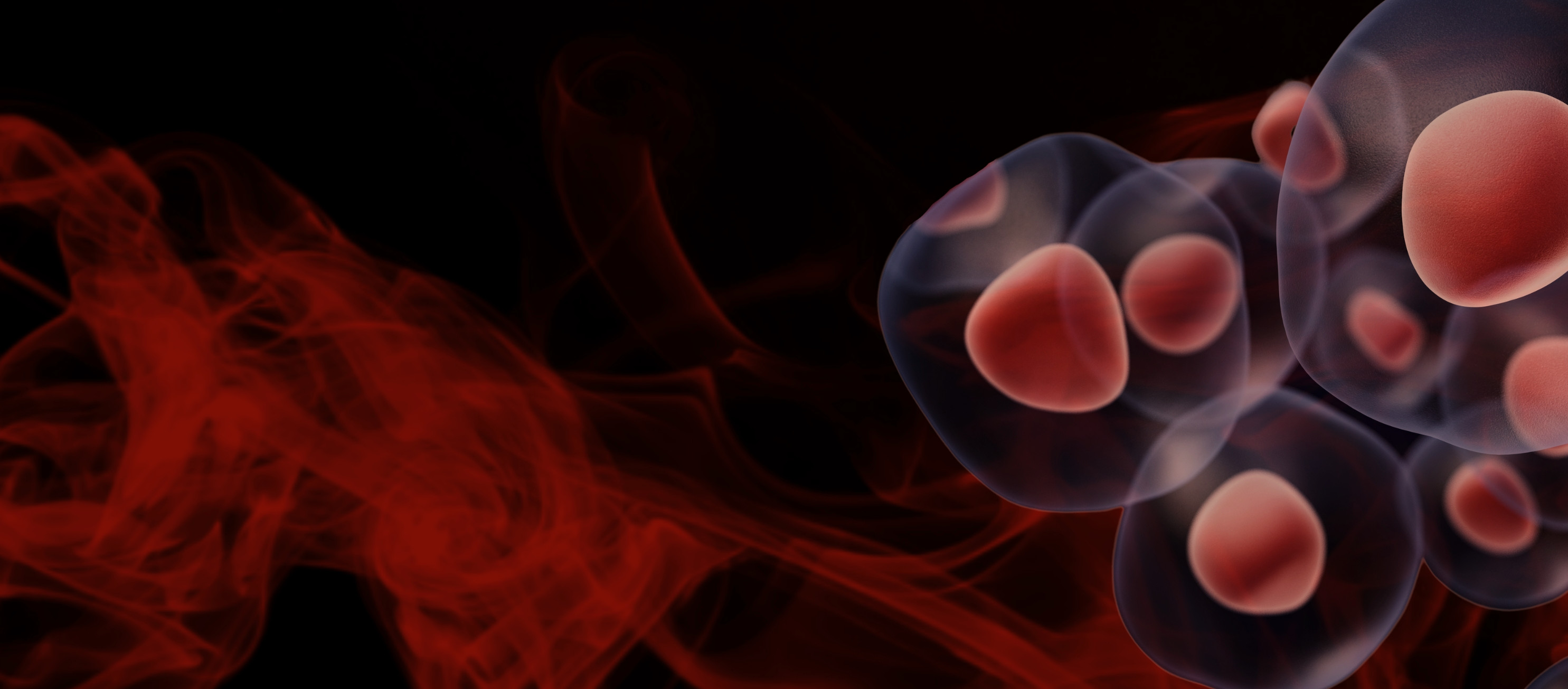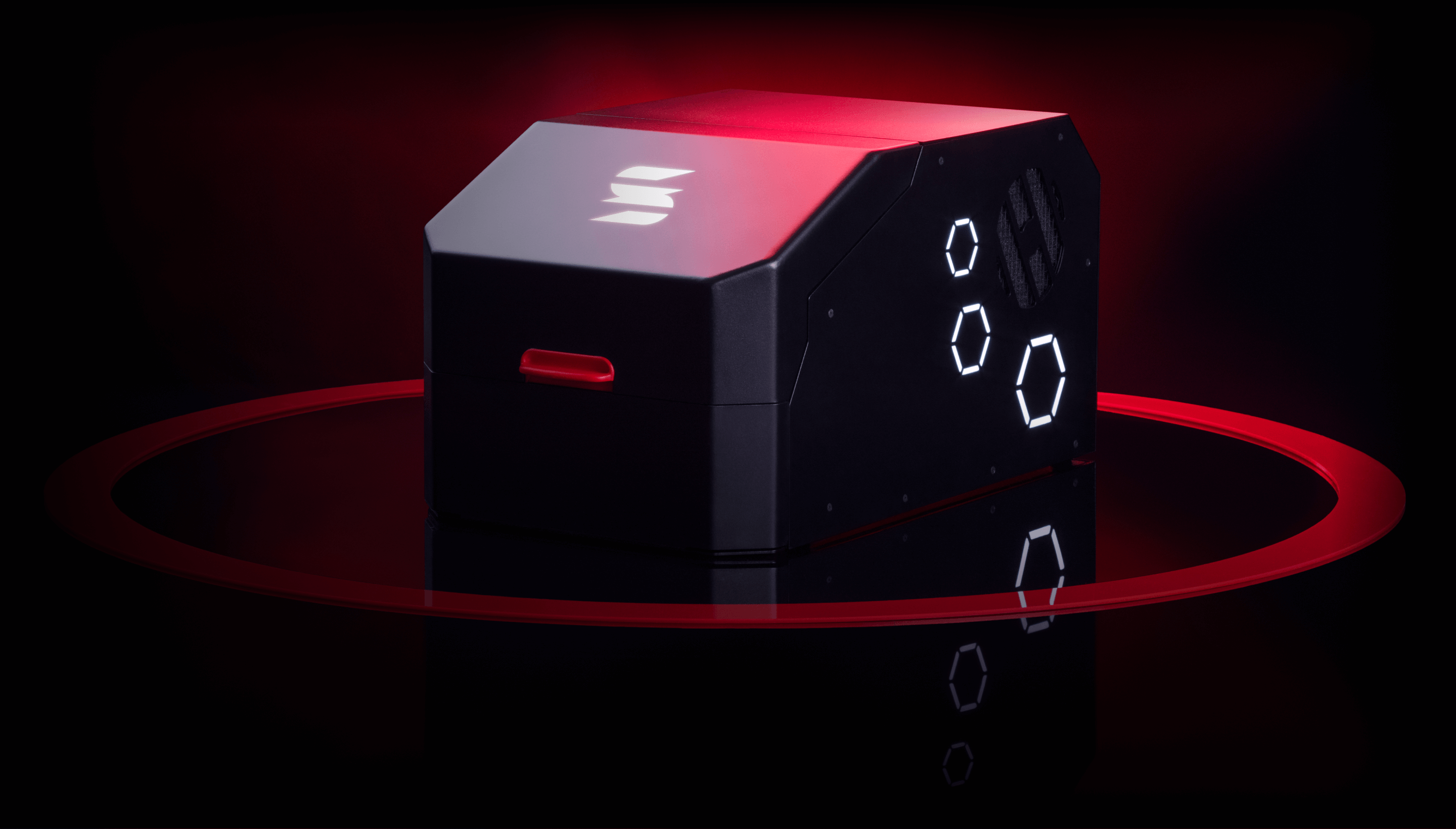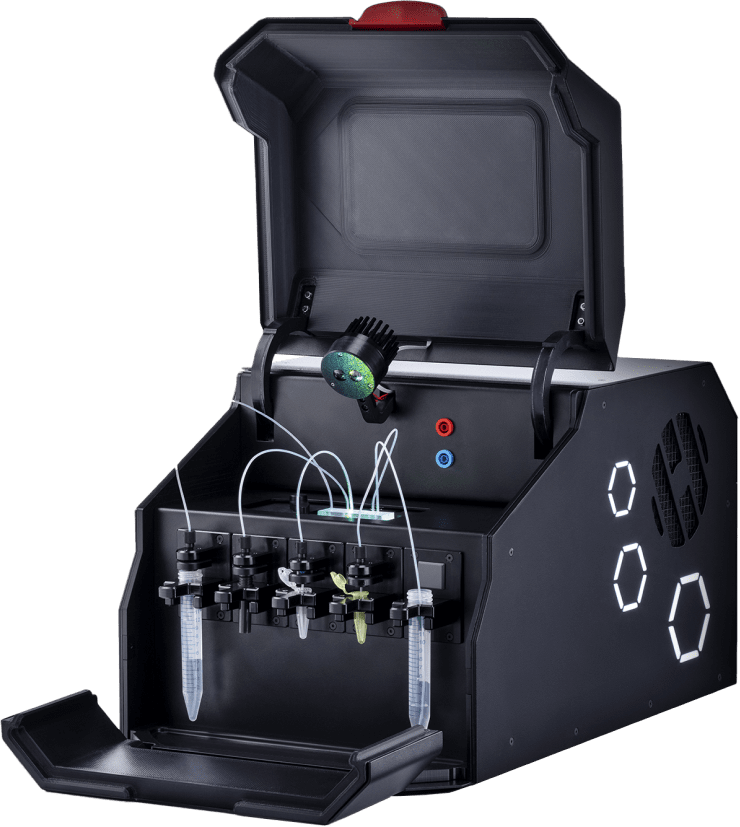High-throughput screening (HTS) involves the rapid and automated analysis of thousands of unique biological samples per day. Droplet microfluidics technology has revolutionized HTS, as droplets can be generated and sorted at ultra-high-throughput rates, permitting millions of screening assays to be conducted in parallel and completed in only a few hours. Droplet microfluidics also facilitates HTS based on functional assays rather than binding affinity, offering the most powerful approach for the efficient discovery of cells and molecules with a target phenotype.
Functional Screening
Functional screening is based on the activity of a target molecule in its biological context and can be designed around diverse readout principles, such as cell proliferation, expression of a reporter gene, downstream signaling, or other events that result from ligand binding. Encapsulation in droplets ensures co-localization of the target molecule and reporter molecule.
Droplet Sorting
Fluorescence-activated HTS strategy is compatible with virtually any functional assay where activity can be revealed by a fluorogenic substrate. If a fluorescence signal triggers a sorting event, an electrical pulse is automatically applied to the sorting junction that deflects the droplet into the narrow arm of the sorting junction for effortless collection of positive “hits”.
Droplet Cytometry
Measure and analyze the phenotypic characteristics of cells or particles within a heterogeneous population. The use of multiple fluorogenic substrates coupled with multiple independent fluorescence detection channels allows for the simultaneous detection of several independent cellular markers or molecules.


